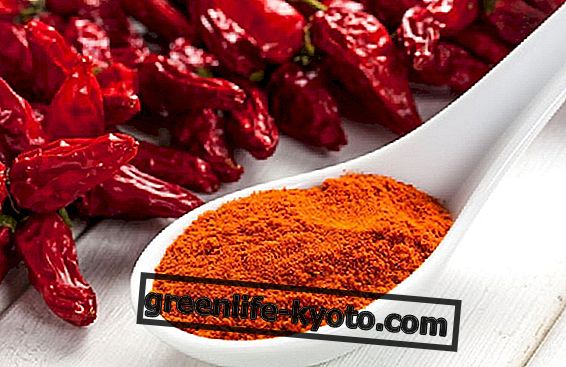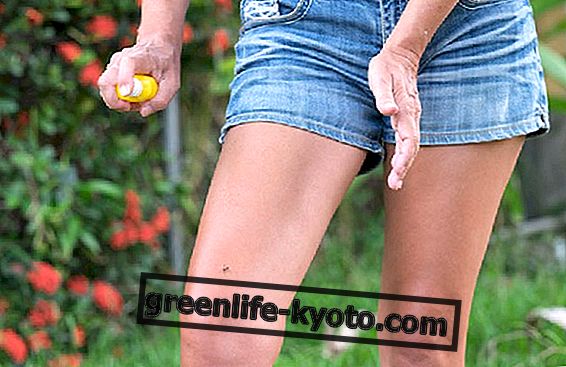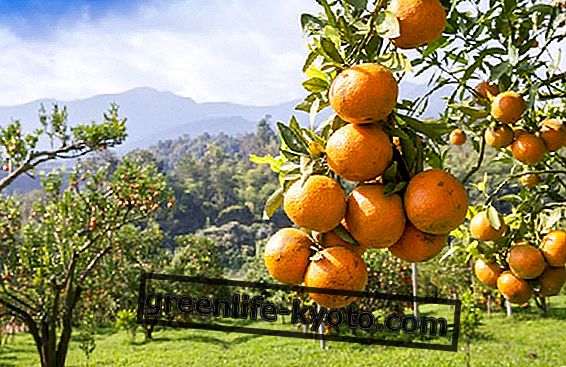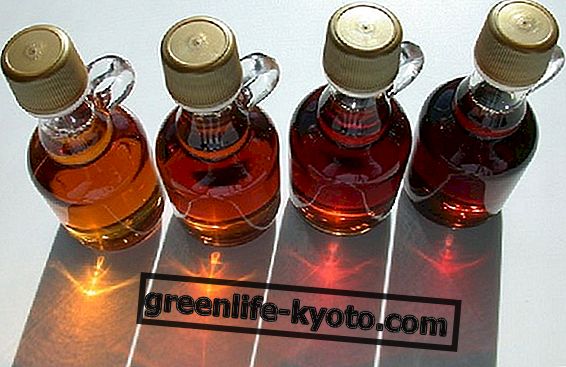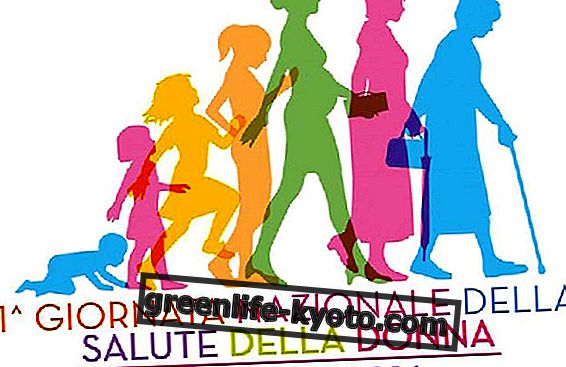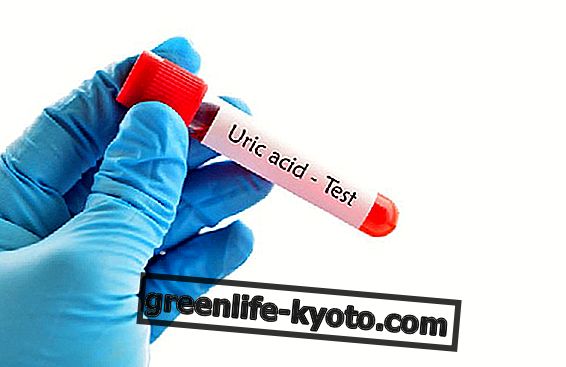
On the packaging and packaging of everything we buy, of any type, the composition of the material and any type of recycling are indicated . By now almost everyone knows how to read the symbols that indicate what is made of any packaging, coded according to European directive 94/62 / EC and implemented in Italy by the Ronchi Decree, which was later repealed.
Italy is waiting for a new law, in the meantime the symbols shown in the decree are still used by the producers, also following the labeling guidelines of the Italian Packaging Institute.
Anything that can be recycled can be printed on the packaging, or printed directly on the object, the design with the three triangular arrows (coded by the American Society of the Plastics Industry), with the abbreviation of the material inside.
Each of us (hopefully) undertakes to read the labels and divide the various parts of the packaging: the aim is to reduce pollution by increasing the recyclable waste fraction. But are we really sure that it is sufficient to recycle to eliminate environmental problems, such as the phenomenon called "marine litter"?
There is not just one plastic one
Plastic is an inexpensive and widespread material : packaging and packaging are rarely found that do not contain it, especially in large-scale retail trade. Differentiating and recycling is no longer sufficient to eliminate plastic and microplastics, like many toxic substances deriving from it, from the environment and even from food.
Plastic is practically everywhere : what we call "plastic" includes a larger quantity of polymers, and not everyone has the same life cycle and recycling. In some products the various types of polymers coexist and are difficult to separate from each other.
Plastic cannot be recycled indefinitely : sooner or later it must be disposed of as pure waste, ie as plastic, and provided it can also be reabsorbed by the environment (What environment? The garden behind the house? The landfill? The sea? ) it would take decades.
The tables showing the times of natural disposal, without human intervention, of the various materials are clear: the plastic water bottles take 400 years to disappear from the environment, going through a real odyssey, while a any package of detergent or cosmetic about 300. Everything depends on the type of plastic with which they were packaged, it is true, but in any case the order of magnitude is that of hundreds of years.
Even the European and national statistical data tell us that it is not enough to recycle: an example is the annual report of the Foundation for Sustainable Development, to which the Ministry of the Environment and the Economy also refer.
The first figure that jumps to attention is the percentage of plastic that is recycled : through the data collected through the MUDs (which are the unique models with which those who manage waste, including local public bodies, declare to the Ministry of the Environment how disposes of and recycles its own) it appears that only 41% of the plastic handled is sent for recycling .
And only 63% of that released for consumption is actually recycled and reused . In theory, all plastic can be recycled, but in reality it is not.
A lot of plastic still ends up in the undifferentiated fraction : cigarette butts, cotton bud sticks, straws, plates, glasses and plastic cutlery, packaging contaminated with food, crutches, sponges, packs of substances indicated as toxic, and much more.
Plastic, recycling is not enough
Where does all this go? The multitude of those wastes in which the plastic is not divisible end up in a generic cauldron that is disposed of in landfills or incinerators, when not directly dispersed in the environment, with consequences on the quality of air and water that we know well .
There have been many efforts to allocate as much plastic as possible to recycling, but the production of disposable materials has unfortunately grown in recent months, due to the fall in oil prices. This means more plastic in circulation, and higher processing material emissions.
Disposable is still widely commercially exploited, and we do not always realize how invasive the plastic is in our lives.
Recycling is no longer sustainable, and it is no longer even sufficient . The time has come to replace and eliminate this material, in any form, and from any source, because the fate of plastic, of all plastic is, and will always remain, to continue to exist as waste, sooner or later no longer reusable, nor disposable, stuck somewhere.
European studies to monitor the recycling trend are accurate and timely, and the data is discouraging. The initiatives to encourage a new ecological conscience are on the rise : Legambiente has launched a campaign to discourage the use of disposable products, indicating some behavioral alternatives.
Just as numerous studies are underway to look for alternatives to the current recycling process: Cattolica University is involved in the Microplast project, "aimed at understanding the mechanisms of degradation of polyethylene by bacteria".
In the face of this information, the objectives for the elimination of plastic seem far and ambitious, but we can all take a small step to contribute. We pay more and more attention to the labeling when we choose a product, we eliminate from our daily life plastic material, preferring 100% biodegradable components, we pass to paper, more easily recyclable, we return to the glass, and we avoid everything that is not essential . The environment thanks, and our well-being and our quality of life also.
Sources consulted:
> www.eea.europa.eu
> www.ecocerved.it
> www.minambiente.it
> www.legambiente.it
> www.istitutoimballaggio.it
> www.fondazionesvilupposostenibile.org




